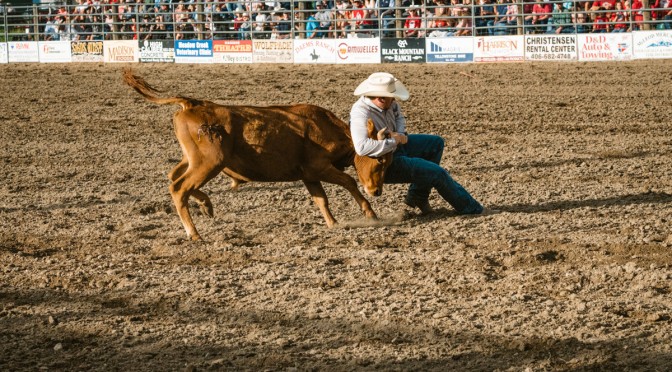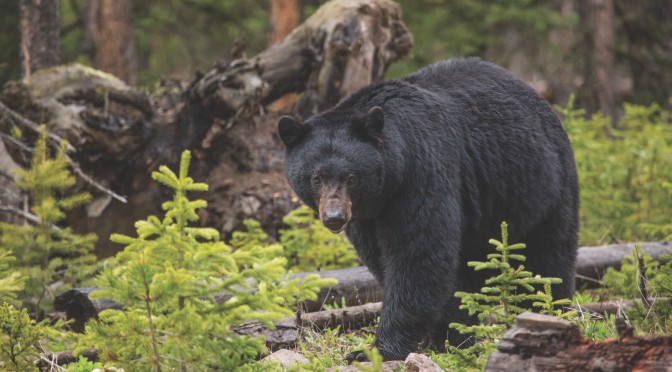Welcome to Montana—as you’ve probably noticed, there’s some lingo getting thrown around that you might not have heard before. Study this cheat-sheet to familiarize yourself with a few common terms & phrases, along with likely scenarios, before making a fool of yourself out there on the streets of Bozeman.
Road soda (a.k.a., roadie)
It’s Friday afternoon, you’re done with midterms or a big project at work, and it’s time to head out for a long weekend in the mountains. “Hey, pass me a roadie, would ya?”
Tag soup
You’re sitting around the dinner table, choking down the cheapest ground beef you could find at T&C, explaining to friends that you came home empty-handed from a hunting trip. “Tough conditions out there; we ate tag soup.”
No friends on a powder day
Your ski buddies stop at a flat spot to regroup and declare how great the day is. You come flying by, blasting them with snow, carving turns across the untracked meadow they were all admiring. “No friends on a power day, suckers!”
Cowboy (or cowgirl) up
Your friend’s being a ninny: “Wow, that’s a lot of whitewater! House Rock looks pretty scary. It never feels that big from the road. What if I flip?” “Aw, put on your PFD and cowboy up already.”
Whiskey ditch
You’ve got an exam tomorrow and need to slow down, but can’t leave the bar yet ’cause there’s a really hot guy who keeps checking you out. “Bartender, I’ll take a whiskey ditch.”
Ain’t my first rodeo
As you inspect your flat mountain-bike tire, blown halfway up Leverich, your new riding partner comes in hot with a patch kit and unsolicited instructions. “Easy, tiger. I got this. It ain’t my first rodeo.”
Crick (as opposed to “creek”)
You’re chatting with a rancher about hunting his place and where to leave your truck. “Should I park over there by the crick?”
Bikini hatch
Your friends want to fish the lower Madison on a blazing hot Saturday afternoon. “Are you kidding me? The bikini hatch will be full swing. You’re more likely to hook a tuber than a brown.”
You don’t have to outrun a griz, just your friends
Your friend from Wisconsin is a little worried about going backpacking in the Madison Range; she heard about all the bears in those mountains, and how fast they are. “It’ll be fine! Just remember, you don’t have to outrun a griz, just your friends.”
I’ll never leave Montana, brother
You’re a recent engineering graduate, still living on ramen and Coors Light. Your friend asks, “Where are you gonna go now, to make a pile of money?” “I’ll never leave Montana, brother.”








